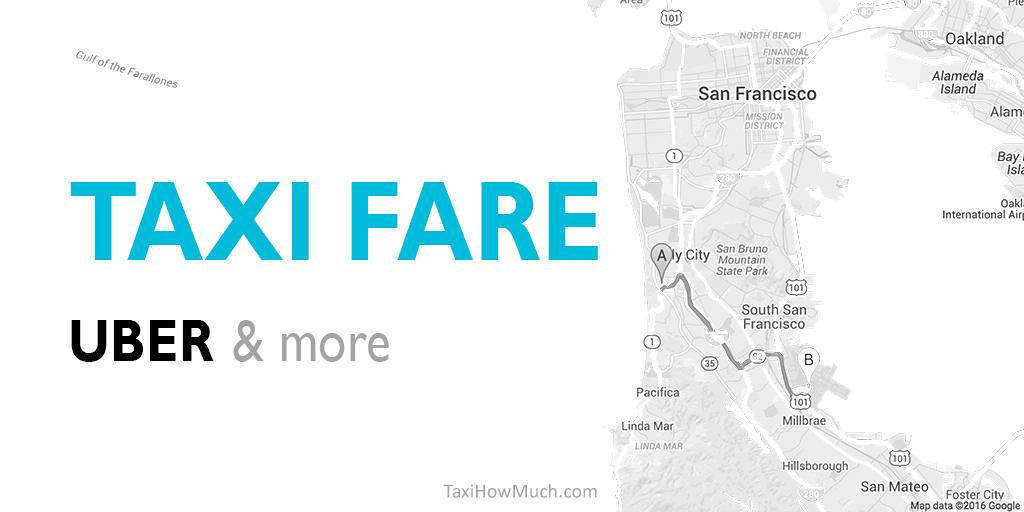ThomasD
Active Member
As rideshare prices skyrocket, Uber and Lyft take a bigger piece of riders’ payments
We booked 10 rides with Uber and 10 with Lyft. Drivers pocketed an average of 52 percent of our fares.
Update: The week after this story was published, Uber changed its policy to show drivers the full fare.
Uber contacted Mission Local after the publication of this article, which has been updated to include the company’s explanation for why it tells drivers that riders pay lower fares than they actually do. The update can be read in the latter part of the subsection “Money Unaccounted For.”
On a July weekday afternoon, I booked an Uber to my Visitacion Valley home, a 2.5-mile trip for $17.16. My driver — we’ll call him Ryan — showed me how much he made: $7.54.
Uber has long claimed that the amount it takes from fares on average, known as a “take rate,” is around 25 percent, yet the driver got just 44 percent of my payment. A cursory Google search can quickly pull up screenshots that show this is nothing new, and many media outlets have collected data shedding insight on the companies’ take rates.
What’s new is the growing appetite of the rideshare companies. Not satisfied with 25 percent, they now appear to need or want more — frequently half of the fare and, in some cases, nearly three times the publicized take rate, according to the bottom line on 20 recent rides.
Perhaps the most exhaustive attempt to track rideshare companies’ take rate was in 2019, when the media outlet Jalopnik examined 14,756 fares and concluded that Uber kept 35 percent of the revenue, while Lyft kept 38 percent. (Uber and Lyft disputed these analyses but did not provide data sets to Jalopnik upon request showing otherwise.)
However, as the supply of rideshare drivers has declined and prices have spiked, the split has become unseemly. The driver’s pay is determined by a base amount, trip duration, trip distance and potential surge pricing, along with incentives such as reaching a certain number of rides within a time frame — and is not determined by what customers pay.
Stay in touch with our neighborhood.
Join our daily newsletter list!
By clicking submit, you agree to share your email address with Mission Local and Mailchimp. Use the unsubscribe link in those emails to opt-out at any time.
Mission Local decided it was time to again track the companies’ take rates. We booked 20 rides in San Francisco with drivers who shared their pay for our trips. Drivers said demand is indeed back up and prices are higher, but none said they noticed more pay per trip.






